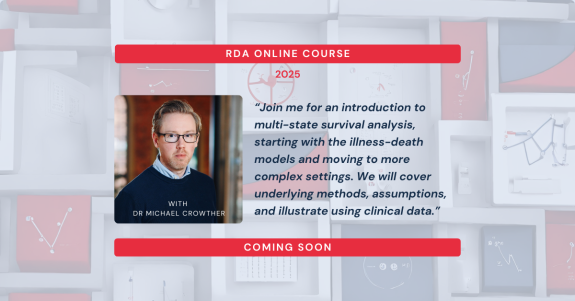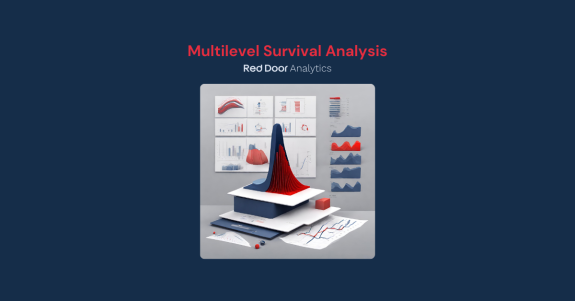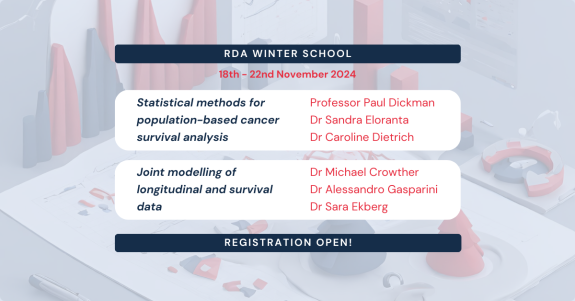
Course description
The joint modelling of longitudinal and survival data has been an area of growing interest in recent years, with the benefits of the approach becoming recognised in ever widening fields of study. The models can provide both an effective way of conducting an analysis of a survival endpoint (e.g. time to death), influenced by a time-varying covariate measured with error, or alternatively correct for non-random dropout in the analysis of a longitudinal outcome (e.g. a biomarker such as blood pressure). This week-long course will provide an introduction to joint modelling through real applications to both clinical trial data and electronic health records, using examples in cancer, liver cirrhosis and cardiovascular disease. We will study the methodological framework, underlying assumptions, estimation, model building and predictions. We will also consider current developments in the field, looking at some of the many extensions of the standard framework, such as the ability to model multiple biomarkers and competing risks. The course will consist of lectures, classroom exercises, and computing exercises making use of the stjm and merlin packages in Stata, written by the course lecturer. Practical solutions in R will also be provided.
Registration
Please visit the School homepage to register your place.












